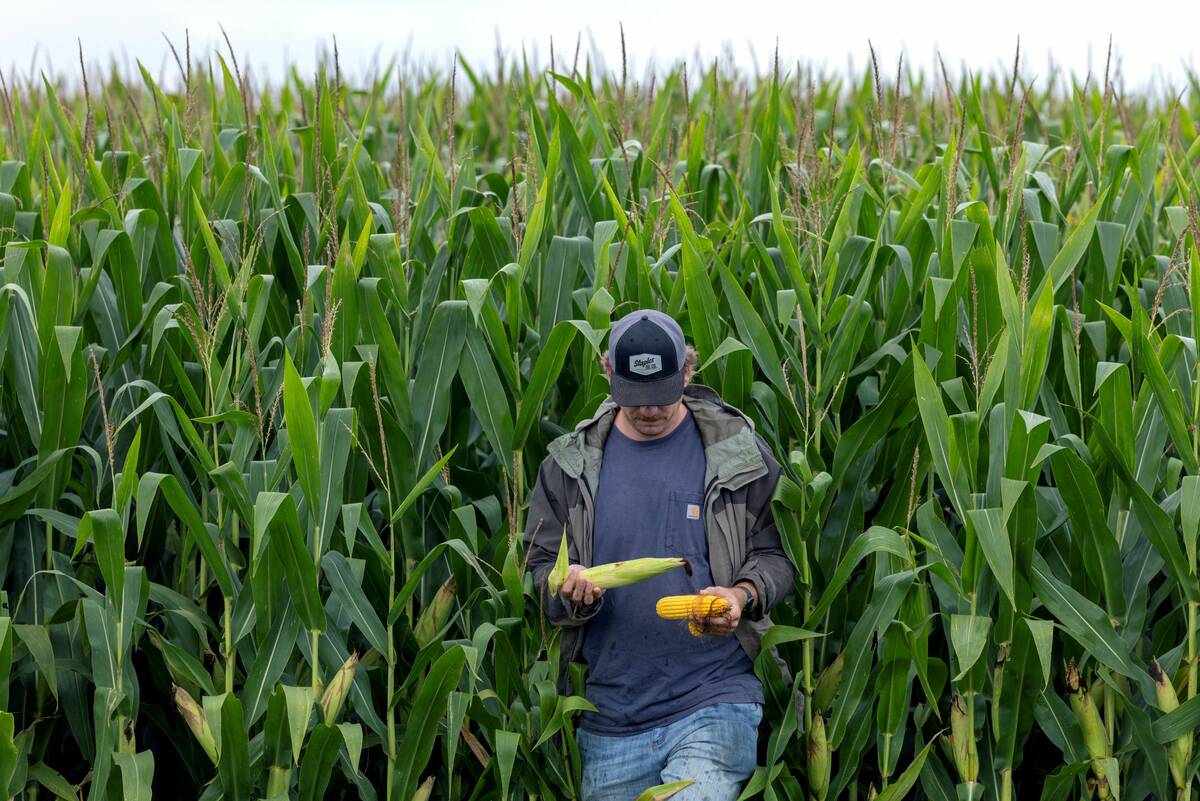The Alberta and Saskatchewan governments have agreed to work on harmonizing their regulations and policies for commercial trucking in the two neighbouring provinces.
The two provinces’ transportation ministers signed a memorandum of understanding on the proposal Tuesday in Regina.
Among the points covered in the two provinces’ agreement are a proposal to harmonize both provinces’ maximum gross vehicle weight for B-train semis.
As well, they hope to harmonize special permit conditions for turnpike doubles (that is, a semi with two long trailers) as well as for oversize and overweight indivisible loads and movement of manufactured homes.
Read Also

The U.S. corn crop could be the biggest ever. That’s terrible news for America’s farmers.
The USDA predicts a record corn crop for U.S. farmers, who question the agency’s accuracy amidst high debt and low crop prices.
Other projects in the MOU include the proposed establishment of an interprovincial heavy haul/high clearance corridor; harmonization of regulation and permit conditions based on the National Safety Code; and plans for “co-operative commercial vehicle enforcement activities and facilities.”
As well, the MOU calls for the two provinces to undertake a joint research and pilot project to address “common concerns with wide-based super single tires.”
“Transportation is fundamental to supporting Alberta’s economy and we are committed to seeing that regulations don’t impede the economic competitiveness of either province,” Alberta’s Luke Ouellette said in a release Tuesday.
“For Saskatchewan’s export-based economy, this means businesses will be more competitive in reaching inter-provincial, national and worldwide markets,” Saskatchewan’s Jim Reiter added in the same release.
“Our two governments are acting to reduce red tape and enhance our business climate to continue to grow our provincial economies.”











